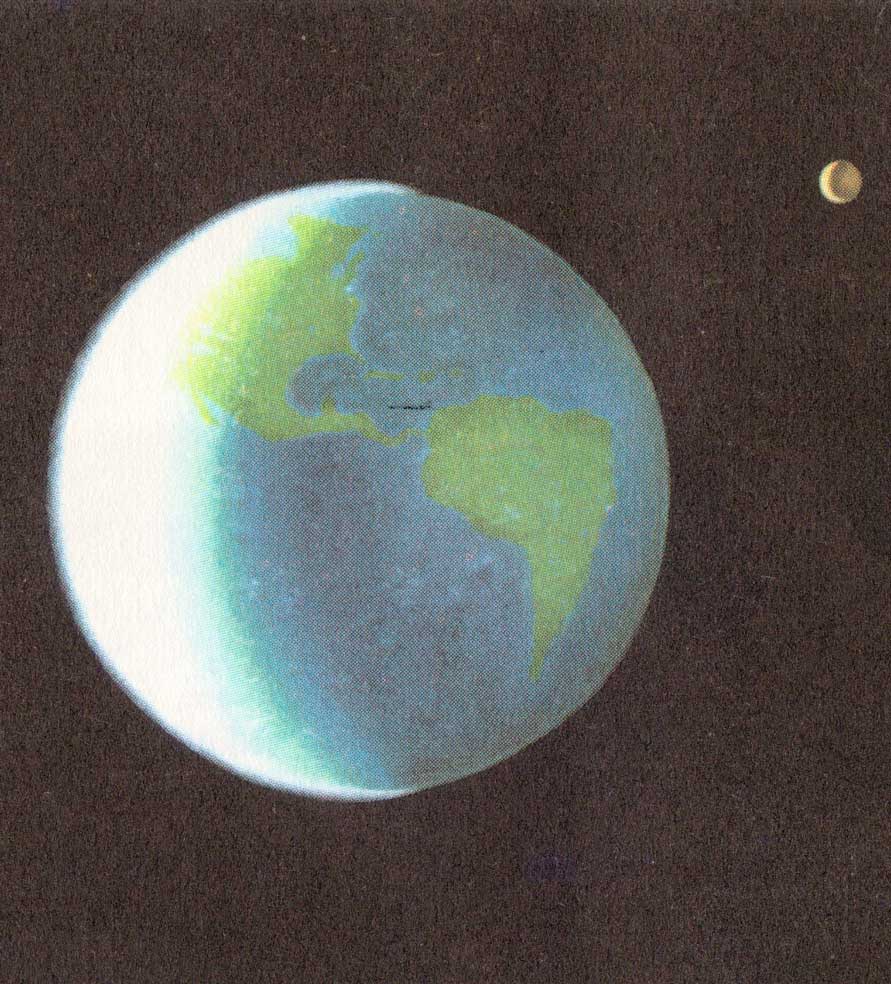Week 12
There is no official class on Monday. I encourage you to use the time and space to work digging into your final projects for the class, and preparing your protocols which will be due Friday. Many of you have complementary expertises, so it might be very helpful for you to show up and take advantage of the time to work together. The Ingersoll readings for this week are Chapter 8, pages 162-201.
I have made a LaTeX template including demonstrations of basic formatting and of my preferred way to handle citations and bibliographies in LaTeX documents. Please feel free to start from this template for your final project, replacing my words and figures with your own.
For Wednesday's lecture, we will discuss atmospheric dynamics on rapidly rotating planets, including the Coriolis force and geostrophic balance.
For Friday, please read Atmospheric Dynamics of Terrestrial Exoplanets over a Wide Range of Orbital and Atmospheric Parameters. Make note of topics, sections, or plots that confuse or surprise you.
















